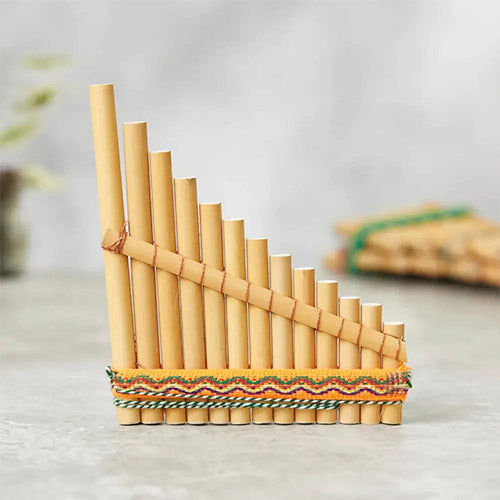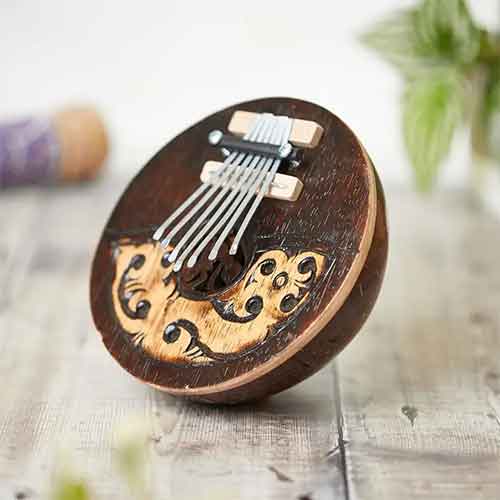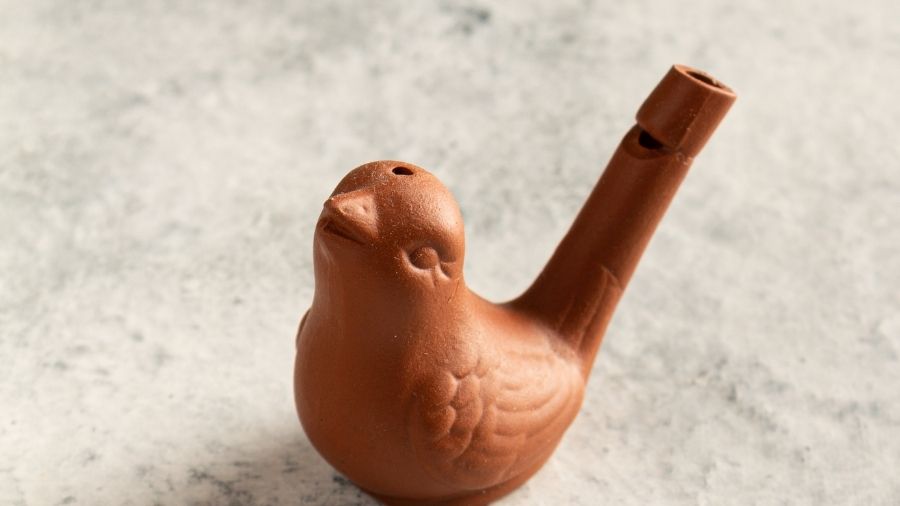If you're curious about unique traditional instruments with an expressive sound, the Ektara Gopichand is a fascinating place to start. In this guide, we'll explore everything you need to know about this one-string wonder—from its origins and types to basic techniques and advanced playing tips. Whether you're a musician, a sound healer, or love discovering cultural instruments, the Gopichand offers a simple yet powerful way to create rhythm and melody with minimal effort.
What is a Gopichand?
The Gopichand, also known as the Ektara, Begijen, or Gobijeu, is a traditional stringed musical instrument, depending on the region in which it was made. These instruments are commonly found in India, Indonesia, Bangladesh, andPakistan. This simple yet expressive instrument is made from natural materials such as bamboo, wood, coconut shell, and metal.
Despite regional and stylistic differences, all versions share the same core feature: a single string stretched over a resonating body. Due to its distinctive tonal character and organic resonance, the Gopichand is often used in folk music, devotional songs, and sound therapy.
Different Types of Gopichands

Gopichand instruments come in various sizes and materials, each affecting their sound and feel. Small versions tend to have a higher pitch and a more percussive tone, while medium ones offer a balanced sound for rhythm and melody. Larger Gopichands produce deeper, more resonant tones.
Materials range from bamboo and wood to coconut shells, and designs vary from plain and natural to intricately decorated with dots or wood-burned patterns. These factors can influence the instrument's look, tone, and projection.
What is the Instrument Used For?
The Gopichand is useful for its pitch-bending sound and is a versatile instrument across many settings. From folk and devotional music in South Asia to sound therapy, street performances, and experimental sound design, its droning tone adds depth and emotion. Its ability to pluck and bend pitch in real time gives it a unique voice, allowing musicians to create rich, textured soundscapes with just a single string.
Playing Position
To play the Gopichand, hold the instrument with your non-dominant hand holding the wooden tuning peg while your dominant hand rests on the middle of the instrument. This playing position allows you to pluck the string and occasionally squeeze the bamboo sides to bend the pitch.
Basic Playing Technique
To play the Gopichand, pluck the string with your finger in a steady rhythm, starting slow and gradually increasing the tempo as you become more comofrtbale. While plucking, gently squeeze the instrument's sides—usually made of bamboo or flexible wood—to raise the pitch and release the pressure to lower it. To learn to play the Gopichand, you must combine these finger movements with the pitch bending technique.
Advanced Playing Techniques
Once you're comfortable with the basics, you can enhance your playing with advanced techniques like rhythmic variations—syncopated plucking, double plucks, or playing in time with a beat. Experiment with pitch modulation patterns to create vibrato sound effects by squeezing and releasing the bamboo sides of the instrument. You can maintain dynamic control by adjusting the pressure and plucking to shift the pitch and create volume variations. You can change the tuning peg position to select different pitch tones, making the instrument more versatile.
Tuning the Ektara Gopichand
The Ektara Gopichand is typically tuned to a drone note that complements other instruments, with pitch adjusted by turning the tuning peg to increase or decrease string tension. Use your ear or a digital tuner to match the pitch to your desired note, such as C, D, or E, often tuning it to the root note of the scale you'll be playing in. The Gopichand offers a range of sounds, making it a valuable tool for meditation, music production, and live performances. The instrument having just one string shows us that sometimes, less can be more. For beginners, a medium-sized Gopichand will give you a balanced tone and comfort—practice with a metronome to build rhythm to explore the instrument's full potential.












